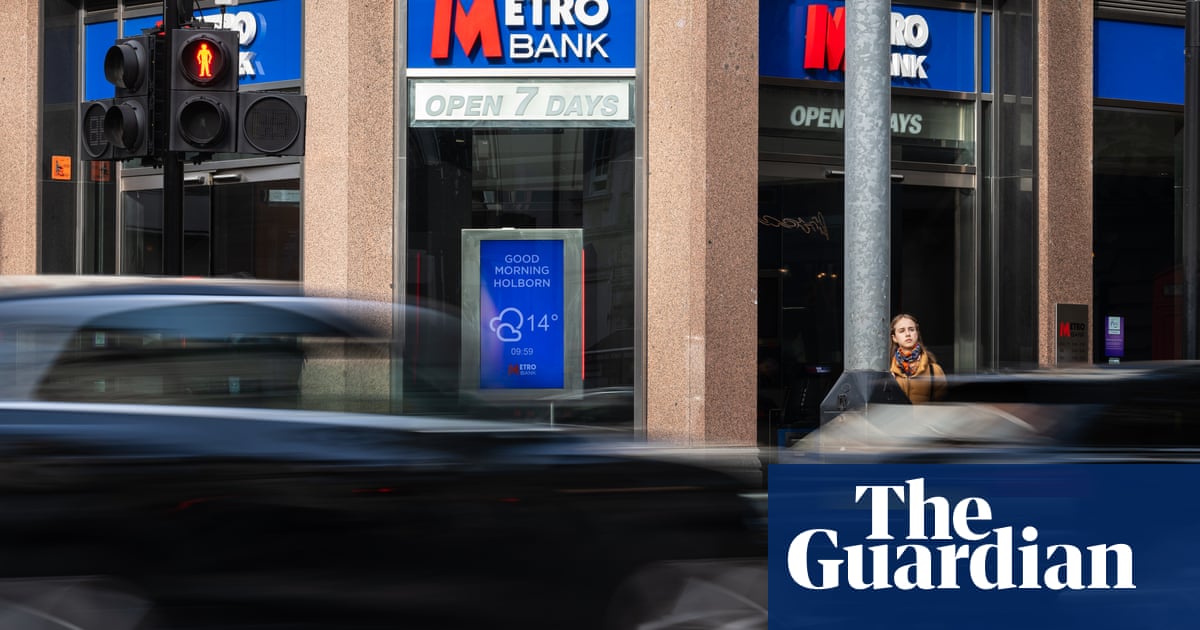
What is the latest on primary schools reopening in England?
The government has done a U-turn. It began a phased reopening of schools in England last week, with primary schools opening to children in nursery, reception, year 1 and year 6 from 1 June, after all schools were closed from 23 March to curb the spread of coronavirus. Boris Johnson’s goal, however, was that all primary school children in England should be back in class for a month before the summer holiday.
On Tuesday, the education secretary, Gavin Williamson, admitted that not all children would be able to return before the summer, with some having to wait until September. It is a serious blow for the the government’s strategy to bring the country out of lockdown, but an even greater blow for children – particularly disadvantaged pupils – who are losing out on months of their education because of Covid-19 restrictions.
Why did ministers change their minds?
Headteachers and teaching unions had been telling the government for weeks that the reopening plan was unworkable because of physical distancing requirements, space constraints and staff shortages. On Tuesday, the government had to admit they were right.
The government’s own guidance says schools should teach pupils in protective bubbles of no more than 15, half the normal class size, to limit risk of transmission of the virus. The maths is simple enough for a primary school child – if the usual classes of 30 are halved, a school will need double the number of classrooms and not even the most energetic and ingenious of headteachers can manage that.
In addition, many parents are still not ready to send their children back to school. Just one in four of those pupils eligible to return last week did so, and only 52% of primary schools felt safe enough to open to more pupils, though those numbers are increasing significantly, according to the government.
So what will happen now?
Ministers are going to leave it to the experts. Williamson has said he would like schools that have the capacity to welcome back more children before the summer break, but headteachers will be given the flexibility to decide for themselves if and when to admit more pupils. Schools in England come in all shapes and sizes – some are old Victorian buildings with small classrooms and limited outdoor space, while others can be adapted more easily to cater for multiple groups of smaller classes.
What about secondary school pupils?
Secondary schools in England, like primary schools, will remain open to children of key workers and vulnerable pupils, and students preparing to take GCSEs and A-levels next summer will – ideally – get some face-to-face time with their teachers. Otherwise, most secondary school pupils will continue with online lessons until the end of term.
Will all pupils be back in September?
Williamson told MPs the government was “working to bring all children back to school in September”. He also said exams would take place as normal next summer. Teachers are more circumspect and warn that if physical distancing is still required by the end of the summer, schools may have to offer a combination of online lessons and face-to-face teaching, limiting the number of pupils on site at any one time.
What about in Wales, Scotland and Northern Ireland?
Education is a devolved issue. Wales has waited to reopen its schools until 29 June, but will only allow a third of pupils on site at any school and only for a limited period. The summer term will be extended for a week to help pupils adapt, and the Welsh government has said some remote learning will continue next term.
In Scotland, the majority of pupils will not return until 11 August, after their summer holiday, and they will receive a blended model of in-school and at-home learning. In Northern Ireland, some pupils will return in late August with a phased return for the rest after that.
How will pupils catch up?
Ministers are under growing pressure to spell out plans to help disadvantaged children catch up on lost learning. While they have been entitled to attend school throughout the closures, many have not and formal teaching has been suspended. There are fears the attainment gap will widen and disadvantaged children who have not been able to access online resources from home will fall further behind. There have been calls for summer camps, but planning appears to be at an early stage and the education secretary has acknowledged it will take more than a few weeks to help close the gap.












